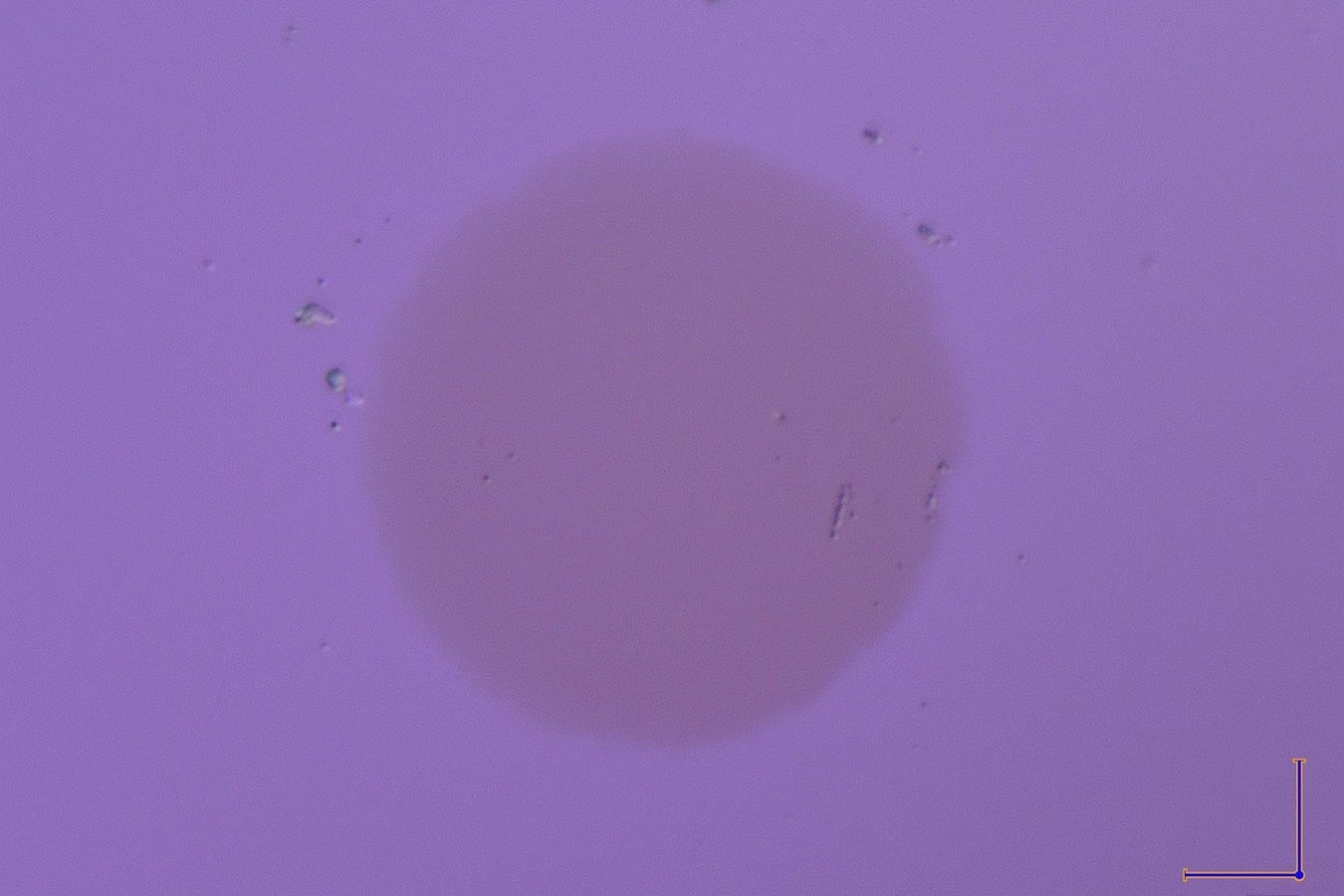We reach more than 65,000 registered users in Dec!! Register Now

Thorium film could replace crystals in atomic clocks of the near future
- January 14, 2025
- 2 Views
- 0 Likes
- 0 Comment
UCLA physicists have developed a new film that requires much less of the rare thorium-229 and is significantly less radioactive
This summer, UCLA physicists succeeded in getting the nucleus of a thorium-229 atom embedded in a transparent crystal to absorb and emit photons like the electrons in an atom do, ending decades of speculation about whether such a feat was possible. Raising the energy state of an atom’s nucleus using a laser, or exciting it, would permit the development of the most accurate atomic clocks ever to exist and allow the most accurate measurements of time and gravity. Such an atomic clock could even rewrite some of the fundamental laws of physics.
But there’s a catch: The thorium-229-doped crystals are both scarce and radioactive. In a new paper published in Nature, a team of UCLA chemists and physicists may have also solved that problem with the development of thin films made from a thorium-229 precursor that requires much less thorium-229 and is about as radioactive as a banana. Using these films, they showed the same laser-driven nuclear excitation necessary for a nuclear clock. Production of the film could be scaled up for use not only in nuclear clocks but other quantum optics applications.
Instead of embedding a pure thorium atom in a fluorine-based crystal, the new method uses a dry nitrate parent material of thorium-229 dissolved in ultrapure water and pipetted into a crucible. The addition of hydrogen fluoride yields a few micrograms of thorium-229 precipitate that is separated from the water and heated until it evaporates and condenses unevenly on transparent sapphire and magnesium fluoride surfaces.
Light from a vacuum ultraviolet laser system was directed at the targets, where it excited the nuclear state as reported in earlier UCLA research, and the subsequent photons emitted by the nucleus were collected.
“A key advantage to using a parent material — thorium fluoride — is that all the thorium nuclei are in the same local atomic environments and experience the same electric field at the nuclei,” said co-author and Charles W. Clifford Jr. professor of chemistry and biochemistry, and professor of materials science and engineering at UCLA, Anastassia Alexandrova. “This makes all thorium exhibit the same excitation energies, making for a stable and more accurate clock. In this way, the material is unique.” Ye Labs, JILA, NIST and University of ColoradoA thorium fluoride film sample.At the heart of every clock is an oscillator. The clock operates by defining time as how long it takes for the oscillator to undergo a certain number of oscillations. In a grandfather clock, a second may be defined as the time for the pendulum to go back and forth once; in the quartz oscillator of a wristwatch, it is typically about 32,0000 vibrations of the crystal.
Ye Labs, JILA, NIST and University of ColoradoA thorium fluoride film sample.At the heart of every clock is an oscillator. The clock operates by defining time as how long it takes for the oscillator to undergo a certain number of oscillations. In a grandfather clock, a second may be defined as the time for the pendulum to go back and forth once; in the quartz oscillator of a wristwatch, it is typically about 32,0000 vibrations of the crystal.
In a thorium nuclear clock, a second is about 2,020,407,300,000,000 excitation and relaxation cycles of the nucleus. This higher tick rate can make the clock more precise, provided the tick rate is stable; if the tick rate changes, the clock will mismeasure time. The thin films described in this work provide a stable environment for the nucleus that is both easily constructed and has the potential to be harnessed to produce microfabricated devices. This could allow widespread use of nuclear clocks as it makes them cheaper and easier to produce.
Existing atomic clocks based on electrons are room-sized contraptions with vacuum chambers to trap atoms and equipment associated with cooling. A thorium-based nuclear clock would be much smaller, more robust, more portable and more accurate.
Above and beyond commercial applications, the new nuclear spectroscopy could pull back the curtain on some of the universe’s biggest mysteries. Sensitive measurement of an atom’s nucleus opens up a new way to learn about its properties and interactions with energy and the environment. This, in turn, will let scientists test some of their most fundamental ideas about matter, energy and the laws of space and time.
List of Referenes
- Chuankun Zhang, Lars von der Wense, Jack F. Doyle, Jacob S. Higgins, Tian Ooi, Hans U. Friebel, Jun Ye, R. Elwell, J. E. S. Terhune, H. W. T. Morgan, A. N. Alexandrova, H. B. Tran Tan, Andrei Derevianko, Eric R. Hudson. 229ThF4 thin films for solid-state nuclear clocks. Nature, 2024; 636 (8043): 603 DOI: 10.1038/s41586-024-08256-5
Cite This Article as
No tags found for this post









